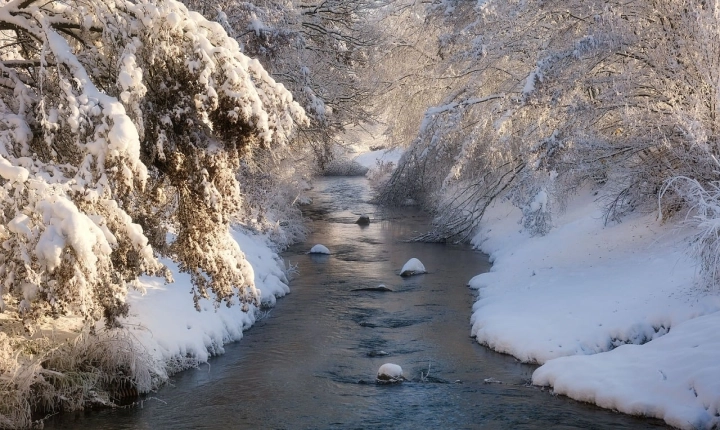Title: Is AI Art Going to Replace Artists?
Artificial intelligence (AI) has made tremendous advancements in recent years, with its capabilities expanding into all aspects of human life, including art. The question on many people’s minds is whether AI art will eventually replace human artists. This debate has sparked discussions among art enthusiasts, creators, and technologists alike.
The rise of AI-generated art has been both fascinating and controversial. Through machine learning algorithms, AI programs can analyze vast amounts of data and produce impressive artworks that mimic the styles of famous painters or create entirely new visual experiences. Some argue that this technology has the potential to democratize art by allowing anyone to become an artist, while others worry about its implications for the future of human creativity.
One of the main criticisms of AI art is that it lacks the emotional depth and personal expression that human artists bring to their work. Art is often a reflection of the human experience, and many believe that AI-generated art may not have the same resonance or meaning as pieces created by human hands and minds. This raises questions about the authenticity and soul of AI art.
On the other hand, proponents of AI art argue that these technologies can be used as tools to assist and inspire human artists, rather than replace them. AI programs can help artists explore new techniques, generate innovative ideas, and streamline the creative process. By leveraging AI, artists can push the boundaries of their own creativity and produce works that may have been previously unattainable.
Another point of contention is the commercialization of AI art. As technology companies invest heavily in AI development, there is a concern that AI-generated art could flood the market, overshadowing the work of human artists and disrupting the traditional art industry. This raises questions about ethics, intellectual property rights, and the value of art in a world increasingly driven by technology.
Despite these concerns, the relationship between AI and human artistry does not have to be adversarial. Many artists are embracing AI as a complementary tool in their creative process, using it to explore new avenues of expression and innovation. Technology can serve as a catalyst for artistic growth and experimentation, rather than a threat to the existence of human artists.
Ultimately, the future of AI art and its impact on human artists remains uncertain. While AI has the potential to revolutionize the art world, it is unlikely to completely replace the unique talents, emotions, and experiences that human artists bring to their work. Instead, the interaction between technology and human creativity may lead to new forms of artistic expression and collaboration that have yet to be imagined.
As the debate continues, it is important to consider how AI can be harnessed to support and enhance the creative endeavors of artists, rather than overshadow or diminish their contributions. The coexistence of AI art and human artistry presents an opportunity for exploration, dialogue, and the evolution of art in the digital age.
